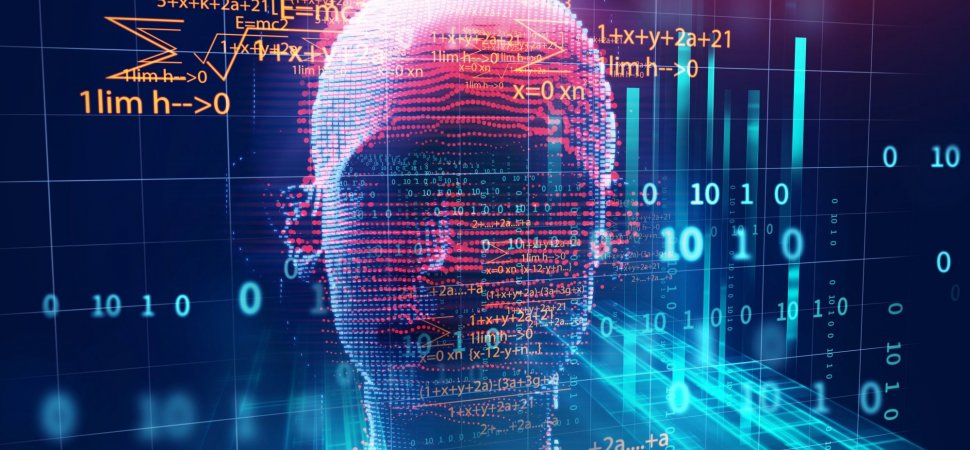
AI has enormous potential to reshape business, as most business leaders recognize. In a global study published by the Boston Consulting Group and MIT Sloan Management Review, 84 percent of the 3,000 business leaders interviewed expect AI to give them a competitive advantage.
Despite the anticipation, though, AI is still vastly underutilized in many of today"s industries. Only 23 percent of the leaders surveyed had already incorporated AI into their business models. This could put businesses that aren"t utilizing AI at a huge disadvantage compared to companies that have already adopted the technology and excelled at its integration.
Each industry has unique uses for any technology, including artificial intelligence. By understanding those uses and investing in the appropriate AI solutions, businesses that lag behind can still catch up in time to participate in the AI revolution.
Three Techniques For Any Business To Utilize AI
Much of what we hear about AI is presented in a futuristic manner, but the technology is already becoming a vital part of numerous industries. While a majority of business leaders have yet to implement it, many others are already taking advantage of the edge that AI gives them in several different ways.
1. Using anomaly detection to monitor equipment health
The focus of maintenance has always been prevention. Routine, often redundant, service schedules have been necessary for companies to avoid equipment failure. But routine maintenance also produces a lot of waste, and it isn"t always successful.
Instead, companies now are turning more toward cognitive anomaly detection and prediction, which utilizes AI to harness terabytes of real-time data about a machine"s operations. DataRPM, a Progress company, which provides predictive maintenance solutions and products that help detect anomalies through Cognitive Anomaly Detection and Prediction (CADP), explains that data collected from machinery can indicate when performance is declining. That means a technician can get involved before the equipment fails or shuts down.
Consequently, companies can address anomalies long before they lead to equipment crashes, lengthy downtimes, and lost productivity and revenue.
2. Managing IT security intrusions
Computers interact best with each other, and the IT realm uses that fact for a variety of IT security and support functions. As hackers and bad actors from around the world continue ramping up cyberattacks, IT teams can use AI to more easily track hackers" movements within a system and shut them out faster.
As reported in Harvard Business Review, a 2017 global study by Tata Consultancy Services found that 44 percent of companies surveyed were using AI "in detecting and fending off computer security intrusions in the IT department."
As one of the most significant technological advances in modern times, AI has--not surprisingly--made the biggest impact on IT professionals. In addition to its cybersecurity applications, AI also helps resolve tech support issues, makes it easier to adopt new technologies, and ensures that no unsafe machines are connected to corporate networks.
3. Engaging better with customers
At first glance, marketing may not seem on par with manufacturing and IT security when it comes to AI adoption. Yet marketers and brands are beginning to use the technology to greatly enhance how they interact with consumers.
AI helps companies create the products and services that customers want, and it enables them to improve customer relationships in a world where interactions are increasingly digital.
How does AI do this? Dara Treseder, CMO for GE Ventures, discussed AI during a presentation at MediaLink + CDX Brand Innovation Salon in January, explaining that CMOs can start to leverage data to better understand who their customers are and adopt a deeper, more personal approach to customer engagement.
Like Amazon and Netflix, which use AI to personalize recommendations based on user activity, other companies can leverage the technology to keep their consumers engaged as well. Treseder mentioned the San Francisco Museum of Art, which uses an AI bot to serve up art on demand, as a prime example of this engagement.
Art lovers can text a keyword--even an emoji--and receive a text back directing them to a piece of art in the museum"s collection that matches what they sent. Treseder also pointed to Nike"s AI-driven interactive design experience, which uses motion capture and projection mapping to allow customers to customize their shoes in-store.
When we think of artificial intelligence, many of us still consider it somewhat of a sci-fi notion or even a threat that should be avoided at all costs. The truth, though, is that AI is a current technology, not a future concept. Business leaders must start recognizing its importance, or their consumers will migrate toward businesses that do.
No comments:
Post a Comment